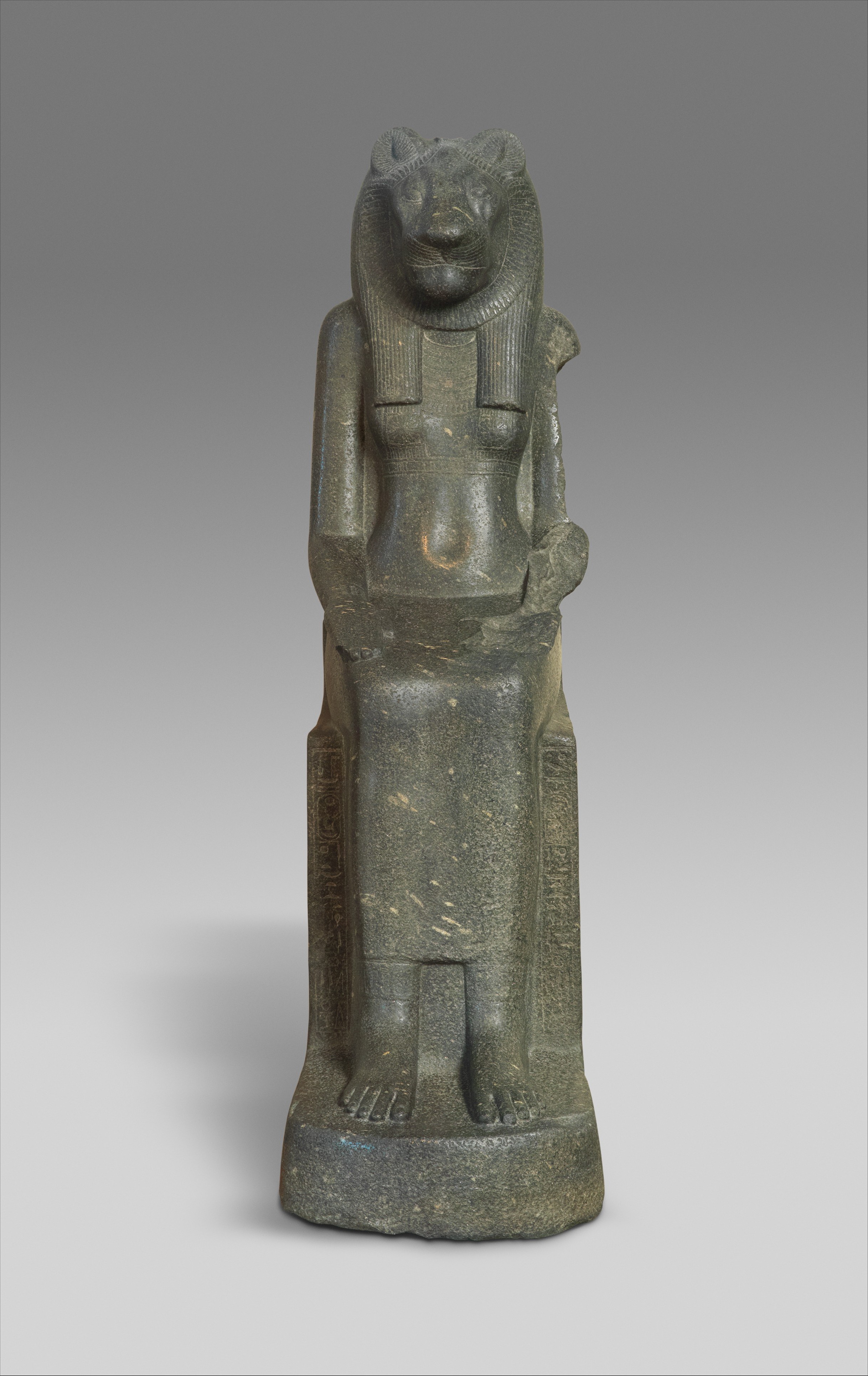The Chhatrapati Shivaji Maharaj Vastu Sangrahalaya (CSMVS), Mumbai, has launched the CSMVS Ancient World Project. This international and educational undertaking is set to bring masterpieces from various cultures to Mumbai, enriching the study of world history in Indian schools and universities.
The inaugural presentation, titled “Ancient Sculptures: India Egypt Assyria Greece Rome, united prestigious institutions like the J. Paul Getty Museum, The British Museum, and, for the first time, the Staatliche Museen zu Berlin.
The project’s mission is to showcase magnificent works of art from the ancient world. It signifies a meeting of minds and cultures, bringing together institutions that have long been at the forefront of preserving and promoting our shared heritage.
The theme of the exhibition
The exhibition theme includes the significance of nature in human existence, the divine form, and concepts & paradigms of beauty, delving into the customs that shaped ancient cultures.
The selection of “Ancient Sculptures: India Egypt Assyria Greece Rome” as the project’s first presentation underscores the richness and diversity of ancient art. Further, it offers a comprehensive view of the artistic achievements of civilizations that have shaped human history.
In addition to showcasing the artworks, the project places a strong emphasis on educational impact. The intended audience includes students in Indian schools and universities, aiming to broaden their perspectives and encourage a more inclusive and interconnected approach to the study of history.
To start a dialogue, CSMVS has opened its Indian sculpture gallery, which represents 3,000 years of Indian art, along with a selection of loans from Indian intuitions, including the National Museum in Delhi, the District Museum in Vidisha, and the Bihar Museum in Patna. The objects in the gallery represent the cultures of ancient Egypt, Assyria, Greece, and Rome. The following are some of the selections of sculptures currently exhibited.
Yajna Varaha, India

Yajna Varaha, an iconic representation in Hindu mythology, depicts Lord Vishnu in his boar incarnation. This form, known as Yajna Varaha as Varaha emerges from the cosmic ocean to rescue the Earth goddess, symbolizing the divine’s unwavering commitment to protecting righteousness.
In this vivid representation, Yajna Varaha’s purpose transcends the artistic. The symbolism is profound his intervention signifies the divine commitment to maintaining cosmic order and protecting righteousness. The cosmic ocean represents the tumultuous sea of existence, while Bhudevi, lifted on Varaha’s tusks, symbolizes Earth saved from the depths of chaos.
Amazon Frieze, Greece

The Amazon Frieze, an exquisite artistic creation, is a prominent feature of ancient Greek architecture. Originating from the Doric frieze of the Mausoleum at Halicarnassus, one of the Seven Wonders of the Ancient World, this captivating frieze depicts a battle scene between Greeks and Amazons.
The Amazons, legendary warrior women, engage in fierce combat with Greek soldiers, illustrating the classical theme of the struggle between civilization and barbarism.
Sekhmet, Egypt
Sekhmet, a formidable lioness-headed goddess in ancient Egyptian mythology, embodies the dual nature of destruction and healing. Revered as the daughter of the sun god Ra, Sekhmet is often depicted as a powerful and fierce deity associated with war and protection.
Despite her warlike attributes, Sekhmet also held a vital role in healing. Temples dedicated to her served as centers for medical practices, where priests and priestesses sought her benevolence to cure illnesses and provide protection against epidemics.
Aphrodite, Rome

Venus’s influence permeates cultural expressions of love, art, and aesthetics. Her enduring legacy as the goddess of love continues to resonate, reminding us of the universal and eternal power of passion in the human experience.
Assyrian Palace Reliefs, Assyria
 The Assyrian Palace Reliefs stand as magnificent testimonies to the grandeur and sophistication of the ancient Assyrian civilization. Created primarily during the reigns of powerful monarchs like Ashurnasirpal II and Sennacherib, these meticulously carved stone panels adorned the walls of Assyrian palaces in cities like Nimrud and Nineveh.
The Assyrian Palace Reliefs stand as magnificent testimonies to the grandeur and sophistication of the ancient Assyrian civilization. Created primarily during the reigns of powerful monarchs like Ashurnasirpal II and Sennacherib, these meticulously carved stone panels adorned the walls of Assyrian palaces in cities like Nimrud and Nineveh.
The Assyrian Palace Reliefs endure as crucial artifacts in understanding the artistry and historical context of the ancient Near East. Many of these reliefs are now housed in museums worldwide, allowing contemporary audiences to appreciate the artistic and cultural legacy of the Assyrian civilization.
In a world where the importance of global collaboration is increasingly recognized, initiatives like the CSMVS Ancient World Project stand as exemplars of how art and culture can serve as bridges connecting people across the globe.

